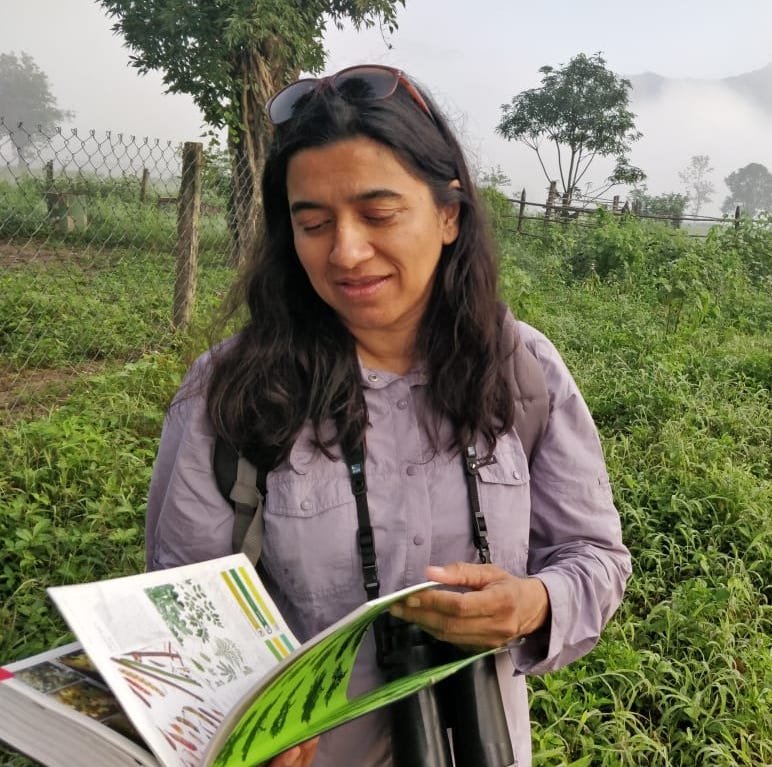The Savannas and Grasslands of India: Misclassified, Undervalued and Threatned
India’s open natural ecosystems, its grasslands and savannas, have long suffered from a misperception that they are degraded and unproductive ecosystems. In this talk, ecologist Jayashree Ratnam first unpacked the historical and geographical reasons for this misperception. She then presented evidence, to the contrary, that these ecosystems are ancient, biodiverse, culturally rich and highly productive. While they have historically been diverted for agriculture and industry, today, ironically, they are threatened by climate change mitigation initiatives such as green energy and tree planting. They are urgently in need of conservation and restoration action that explicitly values them for their uniqueness and distinct functional ecologies.
About the Ecologist
Jayashree Ratnam is at the National Centre for Biological Sciences, Tata Institute of Fundamental Research where she serves as Program Director of the Wildlife Biology and Conservation Program. She is a community and ecosystems ecologist who studies tropical forests, savannas and grasslands. Her current research investigates the history and functional ecology of Asian savannas and grasslands. In the Indian subcontinent where a long history of anthropogenic activity has significantly transformed lands, she is increasingly interested in interdisciplinary approaches that explicitly recognize these as ancient coupled human-natural ecosystems that need to be simultaneously managed for the conservation of biodiversity and ecological function and sustainable human use.


